Heat Sink Blog
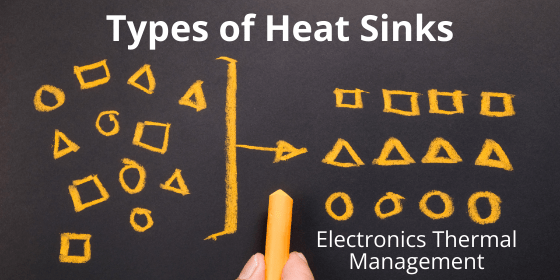
Heat Sink Types
In order to choose the correct heat sink for cooling electronic applications, it’s useful for engineers to understand the definitions, uses and benefits of different types of heat sinks. Here are some guidelines for the types of heat sinks that are commonly...

Heat Sink Design Fundamentals
Heat sink design fundamentals including heat transfer, thermal resistance, material section, fin geometry and cost considerations.
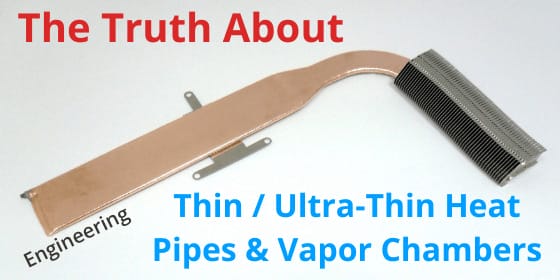
The Truth About Ultra-Thin Heat Pipe Vapor Chambers
Thin and ultra-thin heat pipe vapor chambers offer excellent choices for space-constrained applications where heat needs to be moved to a remote location or spread quickly to a larger heat sink surface area. However, mechanical engineers should be mindful of the...

Types of Heat Pipes
Design & best uses of standard heat pipes, vapor chambers, thermosyphons, as well as variable conductance, loop, rotating, & oscillating heat pipes.
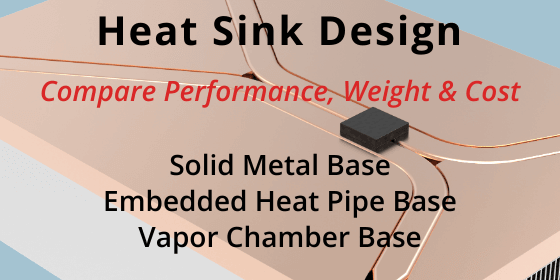
Heat Sink Design Options
Compares the thermal performance, weight, and cost of heat sinks using solid metal, embedded heat pipes, and a vapor chamber for a 100W application.

Heat Pipe Heat Sink Design
CFD analysis comparing the thermal performance (Delta-T) and cost of 5 different heat pipe heat sink configurations for a 250W application.
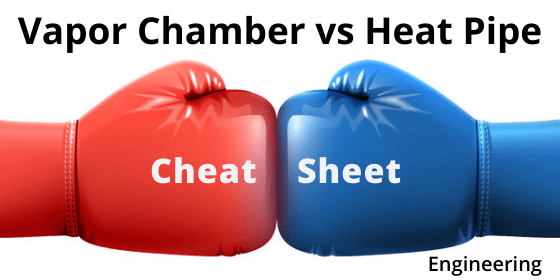
Vapor Chamber vs Heat Pipe
Although based on the same inner working principles, heat pipes and vapor chambers have unique characteristics in terms of design, usage and integration.
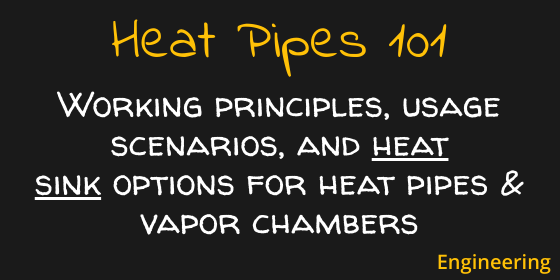
How Do Heat Pipes Work | Heat Pipes 101
This article covers how heat pipes and vapor chambers work along with typical uses and configuration options. Further, it is designed to be a quick read with links to detailed information throughout the text. How Do Heat Pipes Work? There are three...
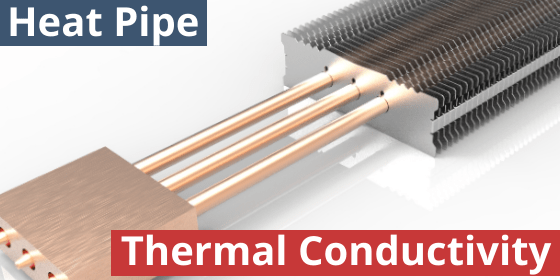
Heat Pipe Thermal Conductivity
Knowing heat pipe thermal conductivity is important when performing Excel or CFD modeling of two-phase devices integrated into a heat sink assembly. In theory, heat pipe thermal conductivity can range from 4,000 to 100,000 W/m-K. In reality, the range for electronics...
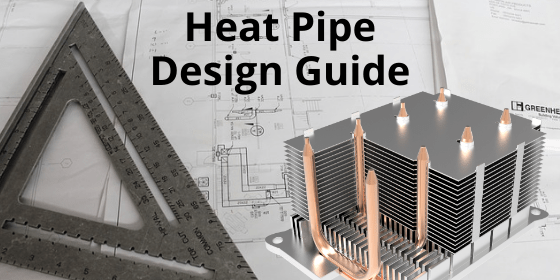
Heat Pipe Design Guide
Heat pipe best practices, usage scenarios, rules of thumb, and heat sink integration tips are presented in the heat pipe design guide.

Heat Pipe Calculator Use Instructions
Our online heat pipe calculator provides the following heat pipe performance data: heat pipe thermal conductivity by diameter, heat pipe carrying capacity (Qmax) by diameter & orientation, and delta-T from one end of the heat pipe to the other. From this last...

Heat Sink Calculator Use Instructions
How to use the online heat sink calculator to determine heat sink performance for a thermal solution using a solid metal base compared to a vapor chamber base. Input variables include fin height, fin thickness, heat source power, and heat sink dimensions. Since...
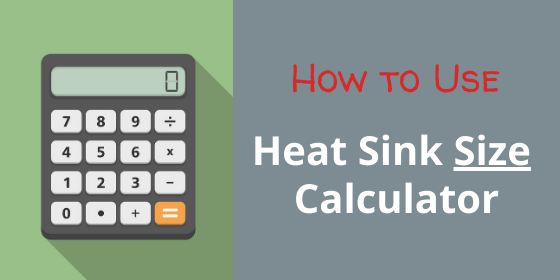
Heat Sink Size Calculator Use Instructions
How to use the online heat sink size calculator used in the early stages of heat sink design. With the exception of choosing the correct "volumetric thermal resistance”, this is probably our most straight forward calculator. Here's the link to the calculator....
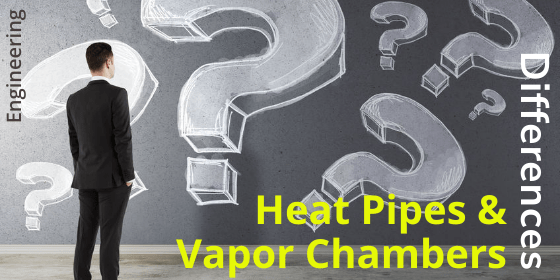
Heat Pipes & Vapor Chambers – What’s the Difference?
Most thermal engineers are going to need a two-phase heat sink using either heat pipes or vapor chambers on numerous projects with which they are involved. Reasons include: Keep out zones that prohibit a larger heat sink (thicker base, added fin area, etc.) ...
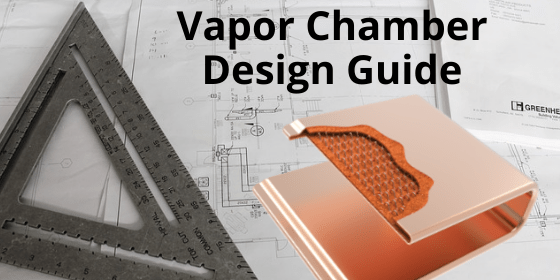
Vapor Chamber Cooling Design Guide
Electronics cooling using a vapor chamber is a fairly common design choice. This vapor chamber design guide is for the most prevalent types of applications: CPU/ASIC to amplifier applications with power ranging from around 20-250 watts, power density greater than 20...

Vapor Chamber | Heatpipe Alternative
A vapor chamber is an effective heatpipe alternative that boosts heat sink performance by 5-10 oC for typical electronics cooling applications. Vapor chambers are a simple, relatively cost-effective, and very dependable device that can be used alone or in...
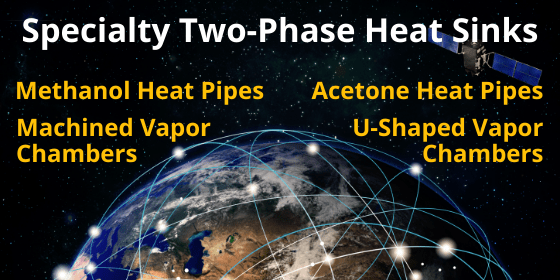
Methanol Heat Pipes, Acetone Heat Pipes, & Machined Vapor Chambers
Heat pipe design is generally a straightforward process, but sometimes requirements can yield atypical heat pipe or vapor chamber designs, most notably methanol heat pipes, acetone heat pipes, and machined vapor chambers, in addition to a few interesting...
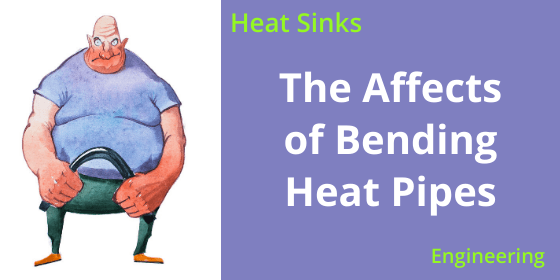
Bending Heat Pipes | How it Affects Vapor Chambers & Heat Pipes
The majority of applications for heat pipes, and to a lesser extent vapor chambers, require these products to be bent. Below are respective examples for high-performance graphics card, semiconductor equipment and networking applications. But what effect does...

Fundamentals of Thermal Resistance
Today’s guest blog on the fundamentals of thermal resistance is from Dr. James Stevens, Professor Mechanical Engineering at the University of Colorado. Dr. Stevens specializes in numerical and analytical heat transfer analysis covering both steady-state and...

Rugged Electronics | Standards & Heat Pipe Solutions
This article provides a general overview of standards that target rugged electronics along with specific challenges and solutions faced by thermal engineers when designing for these applications, especially thermal solutions using two-phase devices: heat...

Clean Heat Sink of Dust Bunnies
My current notebook is about 18 months old and had been running slower and slower for a few months. It was also noticeably hotter causing the fan to run almost continuously. I knew it was that time. About every year and a half I have to take apart my PC to...
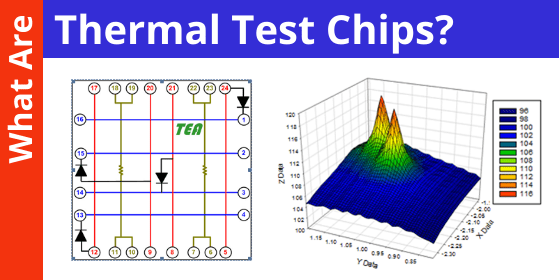
Thermal Test Chips
To meet aggressive product time-to-market goals, electrical and mechanical engineers need to work concurrently to envision, model and validate an enormous array of interdependent system requirements. While there’s no doubt that robust thermal modeling of both...
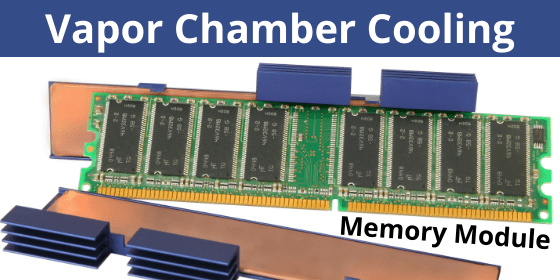
Vapor Chamber Cooling FBDIMMs
Examples and thermal analysis of heat pipe and vapor chamber cooling solutions for high-performance FBDIMM memory modules.
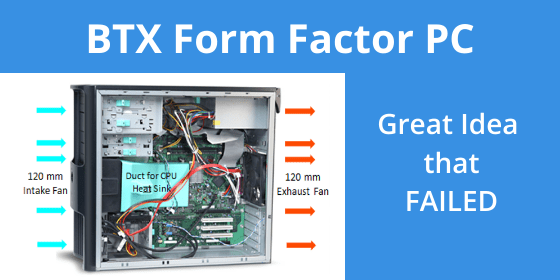
BTX Form Factor PC | Thermally Superior Design That Failed
Comparison of BTX PC architecture with ATX design. While BTX was a thermally superior design, it failed horribly in the market.
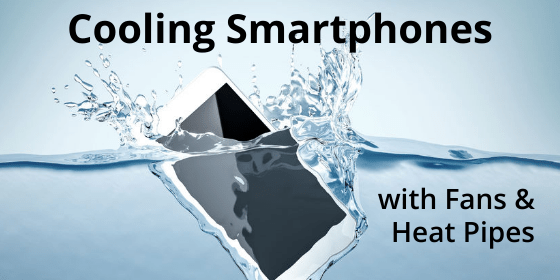
Using Fans & Heat Pipes to Cool Smartphones
I recently read an interesting article that explored the practical reasons behind the use of different materials for smartphone enclosures: polycarbonate, glass, and metal. They included tactile preferences, radio attenuation, and surprisingly, thermal...
